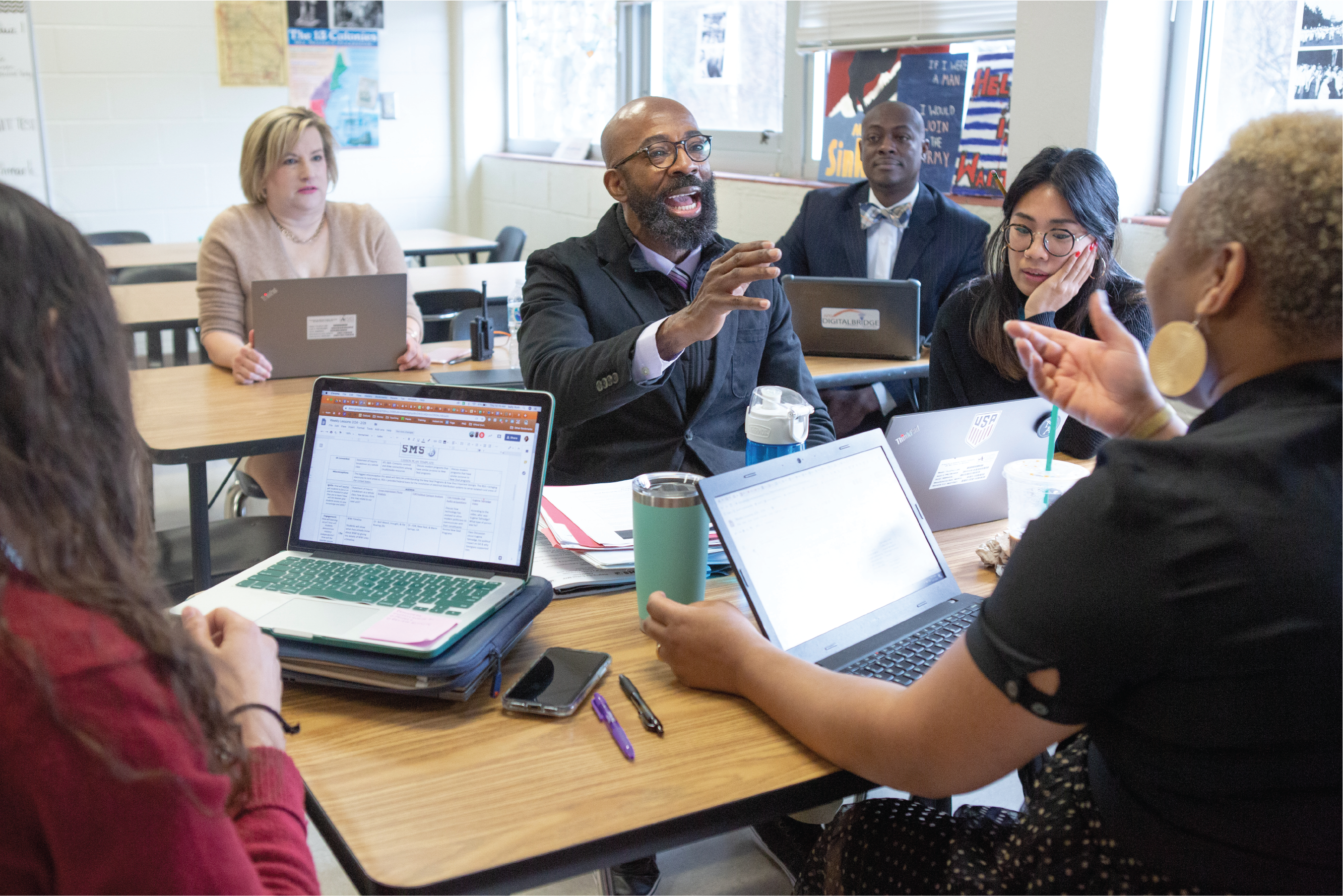
White Papers
Universal Access: When All Means A-L-L and Not S-O-M-E

All schools and all educators intend to meet the needs of all their students. Indeed, educating all students is the promise of a democracy. Nonetheless, in many American schools, this promise is largely unfulfilled. Teachers struggle to meet the needs of their increasingly diverse classrooms. It is not uncommon to find a single classroom in which ten different languages are spoken, the teacher must manage three to four varying skill levels, and must address the disparate needs of children who live in poverty and children who live relatively comfortable lives. How then is the goal of “all” students to be realized? How does the teacher “leave no child behind”?




